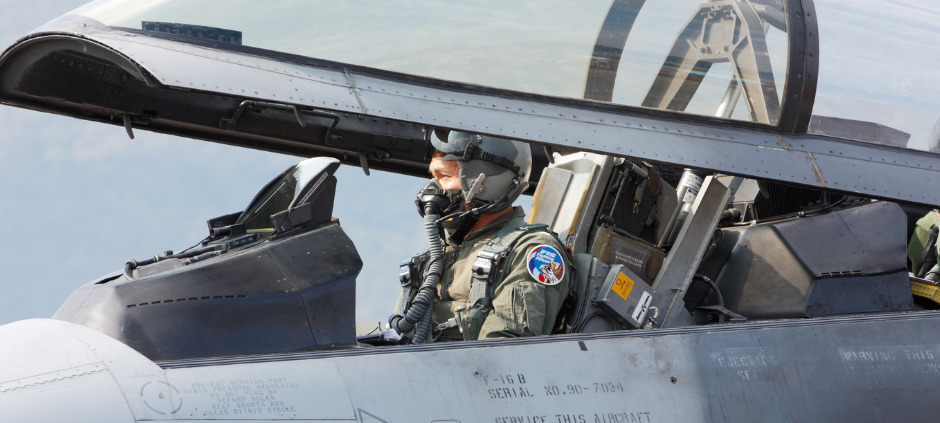The Newest Innovation In Flight Suit Technology
The Newest Innovation In Flight Suit Technology
There’s an old saying that goes, “clothes make the man.” Essentially, the proverb usually alludes to one’s appearance. However, when it comes to flight suits, functionality should ideally come before form. When the first flight suits appeared during the First World War, they were simply intended to protect the wearer from the cold. For this reason, they were designed to be bulky and heavy, ignoring the fact that they weren’t exactly comfortable. The 1920s saw the introduction of flight suits with oxygen masks and built-in thermal protection. A lot has changed since then, and we are continuously seeing manufacturers innovate with flight suits. Let’s review the technological advances that have been made in the flight suit industry.
Current standards
During the 1960s, DuPont, the world’s largest chemical company at the time, completely revolutionized the flight suit industry with their signature Nomex fabric. It was the ideal fabric primarily because of its flame-resistance properties, which guaranteed the wearer’s protection if a fire were to arise. For this reason, the current flight suit worn by most air forces and navies is made of Nomex. The CWU 27/P flight suit, for instance, is incredibly popular for its flame-resistance properties, functionality, durability, comfort, and breathability.
The future of flight suits
So, what does the future hold for the flight suit industry? Well, we are certainly in for some mind-boggling innovations if the ongoing research and experiments are anything to go by. There are currently two suits that could serve as building blocks for the flight suit of the future: Raytheon XOS 2 and the Human Universal Load Carrier (HULC). Both are essentially exoskeleton suits that are designed to increase the wearer’s strength, agility, and endurance capabilities. To achieve this, these wearable robotic suits utilize high-pressure hydraulics.
For the XOS2, the wearer can lift heavy objects at a ratio of 17:1 (actual weight to perceived weight), while with the HULC, soldiers will be able to carry loads of up to 91kg. If successful, these suits could revolutionize the flight suit industry in astronomical ways. For instance, they have the potential to reduce musculoskeletal injuries that occur in soldiers due to lifting heavy combat loads.
In addition to these, there has been some research into 3D printed flight suits. The Gravity eSuit developed by the UK-based jet suit company Gravity industries will supposedly be constructed from Ricoh’s powder-based 3D printed polypropylene. The decision behind their choice of material is to render it lightweight, durable, and strong. If realized, this flight suit could enable human flight – we really are living in a technological era.
Carter Industries
What can we conclude from all of this? Well, it’s clear that the air force flight suit industry is about to change in significant ways. With the rapid advancements in technology and given that we already have working prototypes in action, it’s not unforeseeable to see these types of air force flight suits in the not-so-distant future. But for now, military personnel are just going to have to deal with the good old CWU 27/P flight suit. Shop our selection of combat coveralls and our Men’s and women’s Nomex Flight Suit, US Military CWU 27/P today!



